There is a lot of misinformation and prejudice towards Traditional Chinese Medicine (TCM) and oriental techniques in general. Since this is what I specialise in I decided to talk about few manipulative techniques that can be used together (or separately) to restore the natural energy balance and body wellness.
Hopefully this small contribution to the body of knowledge on the web will help setting the record straight about the true and proven benefits of TCM.
This is the second part, and if you missed the first one you can find it here.
CUPPING
Cupping therapy might be trendy and “new agey” now, but it is definetely not new. It goes back to ancient Chinese and Middle Eastern cultures, described first also in an Egyptian papyrus dated 1,550 B.C. This therapy consists in placing special cups, heated with fire using alcohol or herbs, on the skin for a few minutes to create suction. The cups can be made of glass, bamboo or silicone, and the session can be described as “wet” or “dry”.
During a dry session of cupping only suction is used, and the cups can be removed and replaced quickly or simply dragged along your skin. During the wet cupping instead a tiny cut on your skin is made and the suction of the cups is used to drag out a small quantity of blood. Your practitioner, your medical condition, and your preferences will help determine what method is used, but to be honest I have never seen wet cupping being used in a Western country.
At the base of cupping’s principles there is the belief that the suction facilitates the healing with the flow of blood and “qi” in the body. This may relieve local muscle tension, but generally improve relaxation, overall blood flow and promote cell repair. It may also help form new connective tissues and create new blood vessels in the scars. Cupping has been used to treat a wide range of conditions, including migraines, anxiety, fertility, rheumatic disease, blood disorders, skin disorders etc.
Before you get concerned, I must say there aren’t many side effects associated with cupping. But the ones you may experience will typically occur during your treatment or immediately after. These includes feeling lightheaded or dizzy, sweating or nausea. If you will experience wet cupping there is an higher risk of infection, burning or bruising, although some red bruises left by the cups are perfectly normal and will disappear in maximum 3 to 4 days. Extra caution should be taken also for children, seniors, pregnant or menstruating women, but generally always check with your GP or pratictioner first.
GUA SHA
Gua sha is a natural, alternative therapy coming from ancient China that involves scraping your skin with a massage tool to improve your circulation. The name comes from the word “gua”, that means “scraping” and “sha”, which are the transitory therapeutic petechiae intentionally created by the pratictioner with the tool.
Usually before the session the pratictioner applies massage oil on the skin, then starts scraping it with short or long strikes and always towards one direction. Generally gua sha is performed on a person’s back, buttocks, neck, arms, and legs, but a gentle version of it is even used on the face.
This technique is intended to address stagnant energy, qi, in the body responsible for inflammation. Rubbing the skin’s surface is thought to help break up this energy, reduce inflammation, and promote healing. That is why it is usually used to relieve muscle and joint pain and relief musculoskeletal disorders. But gua sha can also boost the immune system healping treating a cold, fever, or problems with the lungs, and other benefits include helping women during menopause, insomnia, anxiety and fatigue.
But, does it have any side effect? As a natural healing remedy, I can say gua sha is safe. It should not be painful, but because it involves rubbing or scraping skin bruises can occur, although you should not bleed. Bruising usually disappears within a couple of days, but if you take blood thinners or had recent surgery you should not have the treatment done. As always, check with your GP and pratictioner.
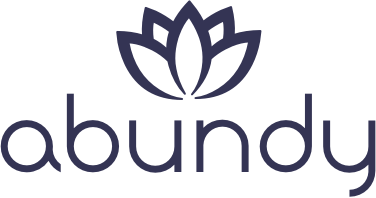
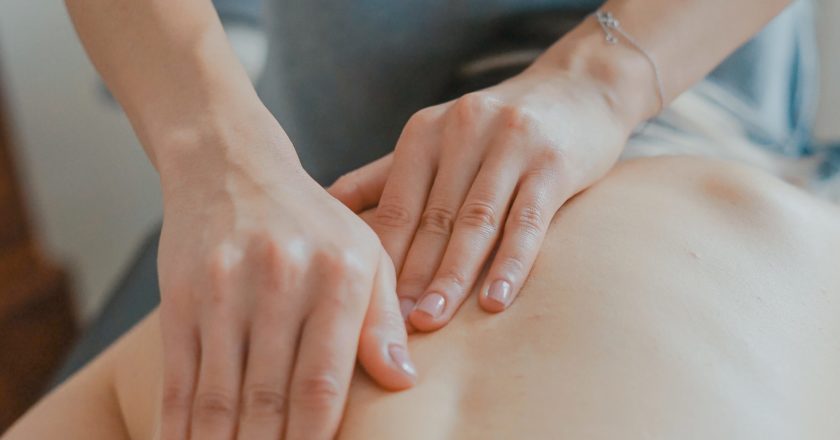
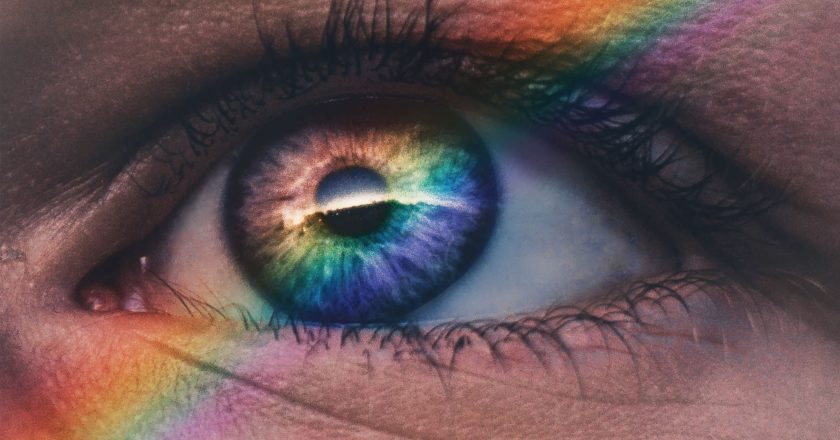
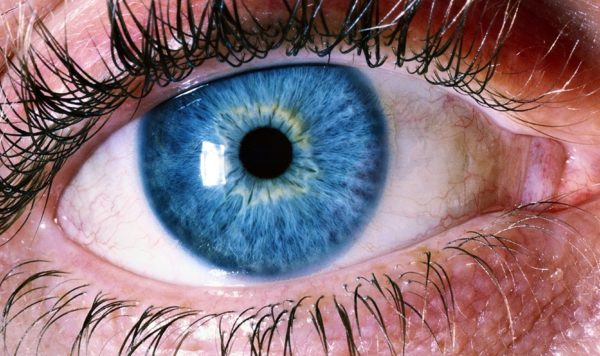 Called also “lymphatic“, the colour can vary in shading from blue to blue/grey. Blue eyes are associated with fair complexions, often with blond hair. Young people with blue eyes tend to have ear, sinus, throat and breathing problems, such as asthma.
Called also “lymphatic“, the colour can vary in shading from blue to blue/grey. Blue eyes are associated with fair complexions, often with blond hair. Young people with blue eyes tend to have ear, sinus, throat and breathing problems, such as asthma.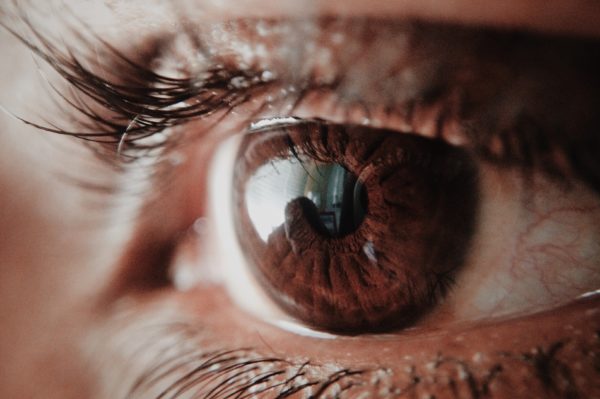 We associate brown eyes with people who have an olive complexion and dark hair and from physically strong ethnic backgrounds. Known also as “haematogenic“, brown eyed people are generally prone to have digestive disorders and gastrointestinal weakness.
We associate brown eyes with people who have an olive complexion and dark hair and from physically strong ethnic backgrounds. Known also as “haematogenic“, brown eyed people are generally prone to have digestive disorders and gastrointestinal weakness.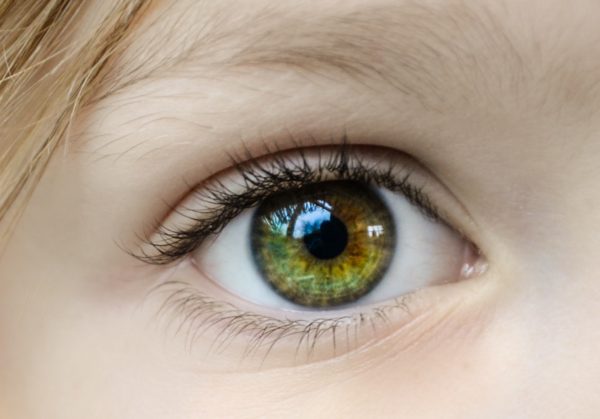 Mixed colour, also called “biliary“, is a combination of blue and brown and can appear to be various shades of hazel, green and/or with a visible blue base. People with these eyes have a tendency towards sluggish liver and gall bladder conditions and have an emphasis on digestive weakness.
Mixed colour, also called “biliary“, is a combination of blue and brown and can appear to be various shades of hazel, green and/or with a visible blue base. People with these eyes have a tendency towards sluggish liver and gall bladder conditions and have an emphasis on digestive weakness.